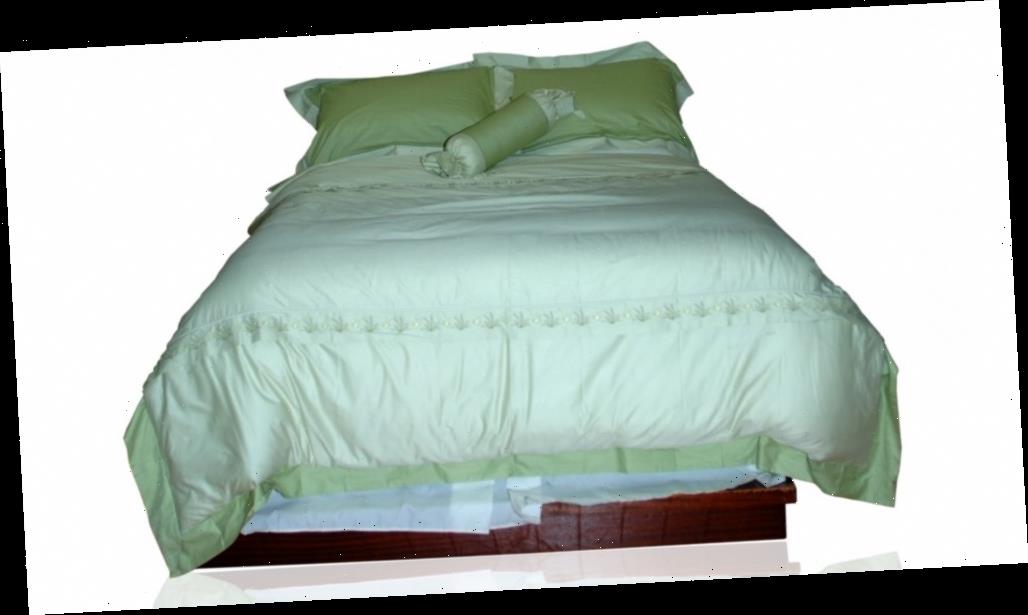
They were an important part of the 1970s boho hippie culture, and were made popular with slogans that advertised its importance to a potential spouse (along with owning a car and keeping a great job). Hugh Hefner was said to have owned one with a Tasmanian possum hair cover. Even during the first half of the 1980s, they were so popular everyone wanted one, and by 1986s, The Atlantic says waterbed sales had taken over 20 percent of the market.
When they were at their most popular, waterbeds were poised to take over the sleeping world, so how and why did they literally vanish as the 1980s came to a close, and what made them go from hot to not?
Water beds were the result of a master's thesis

The waterbed was invented in 1968 by Charles Hall, who presented it as his thesis project at San Francisco State University. His original prototype featured mattresses filled with starch and Jell-O (those early prototypes were failures). And because the mattress was meant to get rid of pressure points and make use of heat to relax the sleeper’s muscles, it was made of vinyl, filled with water, and equipped it with a device that could regulate its temperature.
Thanks to the era in which it was born, the waterbed became associated with what pop culture now calls “the summer of love.” Along with other icons like the VW camper, the waterbed became synonymous with sex, drugs, and rock-and-roll. It also became the subject of sitcoms and stand-up comedy, where comedians cracked jokes about waterbeds that had sprung leaks (via The New York Times). But as with many things, life imitated art, and the issue people joked about had become a problem.
Waterbeds came with issues
If you were trendy enough to buy a waterbed, it was delivered to you like airbeds are now — empty. And like airbeds, they can be filled with a valve, but unlike airbeds, waterbed mattresses had to be filled with water that came through a hose that was connected to a tap. Once filled, the bed becomes a giant water balloon that can weigh up to 1,600 lbs.
This is where the problems came in, and what eventually led to their downfall.
If the water is not treated with a chemical like Clorox, you could end up with a mattress full of algae. There was also the problem of having beds spring a leak. Time, which covered the waterbed’s rising popularity back in 1971, recounts an incident where a couple whose bed had sprung a leak also had their balcony collapse under its weight when they tried to move the mattress out. Then there was the couple who fell asleep on the mattress as it was filling with water, only to wake up when their bedroom completely soaked.
These issues caused waterbeds in general to fall out of popularity, as people weren’t willing to take the risk of filling their homes with unwanted water.
Today's waterbeds look different
By the time the 1990s rolled around, mattress manufacturers had gotten savvy about making more comfortable beds, and waterbeds went from being a $2 billion business in 1984 to occupying a niche market today. Mental Floss says today’s models come with foam padding and interior fibers which are designed to make a sleeper feel less seasick; they are also made with tubes you can fill with water, so the beds behave more like mattresses and less like massive water balloons.
Waterbeds still have their fans, particularly among those who just want to get into a warm bed on a cold night, so if you’re wanting one, they’re not extinct — they’re just different these days.
Source: Read Full Article


